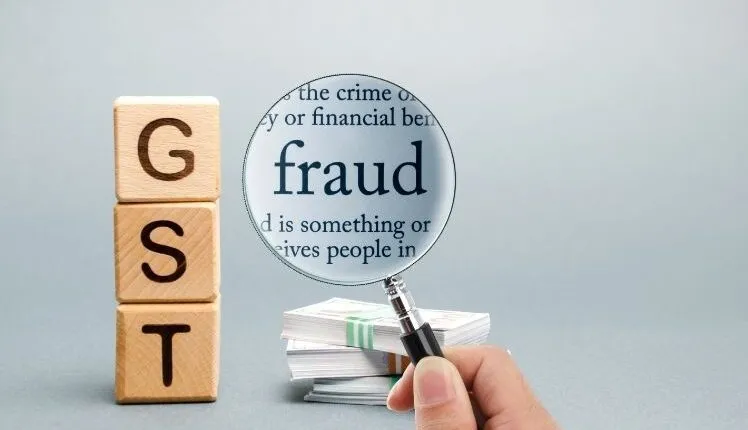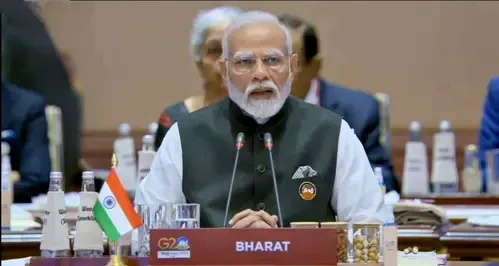Has GST evasion of Rs 7.08 lakh crore been detected in the last five fiscal years?

Synopsis
Key Takeaways
- Rs 7.08 lakh crore in GST evasion identified over five years.
- 91,370 cases reported from 2020-21 to 2024-25.
- ITC fraud accounts for a significant portion of evasion.
- Government initiatives like Project Anveshan are in place to combat fraud.
- Over Rs 1.29 lakh crore recovered through voluntary deposits.
New Delhi, Aug 4 (NationPress) A staggering Rs 7.08 lakh crore worth of Goods and Services Tax (GST) evasion has been uncovered through the efforts of tax officials in 91,370 cases over the past five fiscal years, spanning from 2020-21 to 2024-25, as reported to Parliament on Monday.
Among this total, Rs 1.79 lakh crore was attributed to input tax credit (ITC) fraud, involving 44,938 cases detected during this timeframe.
Voluntary deposits yielded a total GST recovery of over Rs 1.29 lakh crore during these five years.
In the fiscal year 2024-25, CGST field officers identified more than Rs 2.23 lakh crore in GST evasion, as highlighted by Minister of State for Finance Pankaj Chaudhary in the Lok Sabha.
Of the 30,056 GST evasion cases discovered in 2024-25, a significant portion—over half, or 15,283 cases—were linked to ITC fraud, amounting to Rs 58,772 crore.
During the fiscal year 2023-24, the total GST evasion unearthed reached Rs 2.30 lakh crore, with ITC fraud contributing Rs 36,374 crore.
Additionally, around Rs 1.32 lakh crore in GST evasion was detected in 2023-24, which included Rs 24,140 crore related to ITC fraud.
In the previous fiscal year 2022-23, GST evasion amounted to Rs 73,238 crore, with ITC fraud accounting for Rs 28,022 crore. In 2021-22, GST evasion totaled Rs 49,384 crore, with ITC fraud making up Rs 31,233 crore.
The minister noted that net CGST collections reached 96.7% of the revised estimate (RE) for the 2024-25 fiscal.
In an effort to combat tax evasion, the Central government and GSTN are implementing various strategies, including digitization through E-invoicing, GST analytics, and identifying outliers through system-flagged mismatches. These initiatives aim to bolster revenue protection and apprehend evaders.
Furthermore, projects like Project Anveshan (Analytics, Verification, Shortlisting of Anomalies) have been initiated, utilizing advanced techniques such as Facial Recognition System (FRS) and E-way bill data to identify GSTINs with a high risk of fraudulent behavior, generating intelligence reports.









